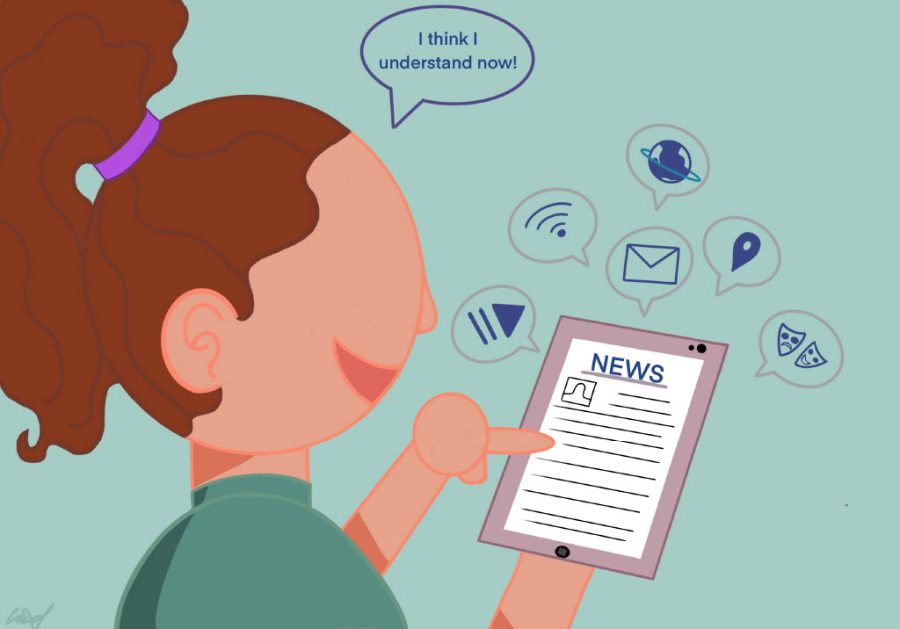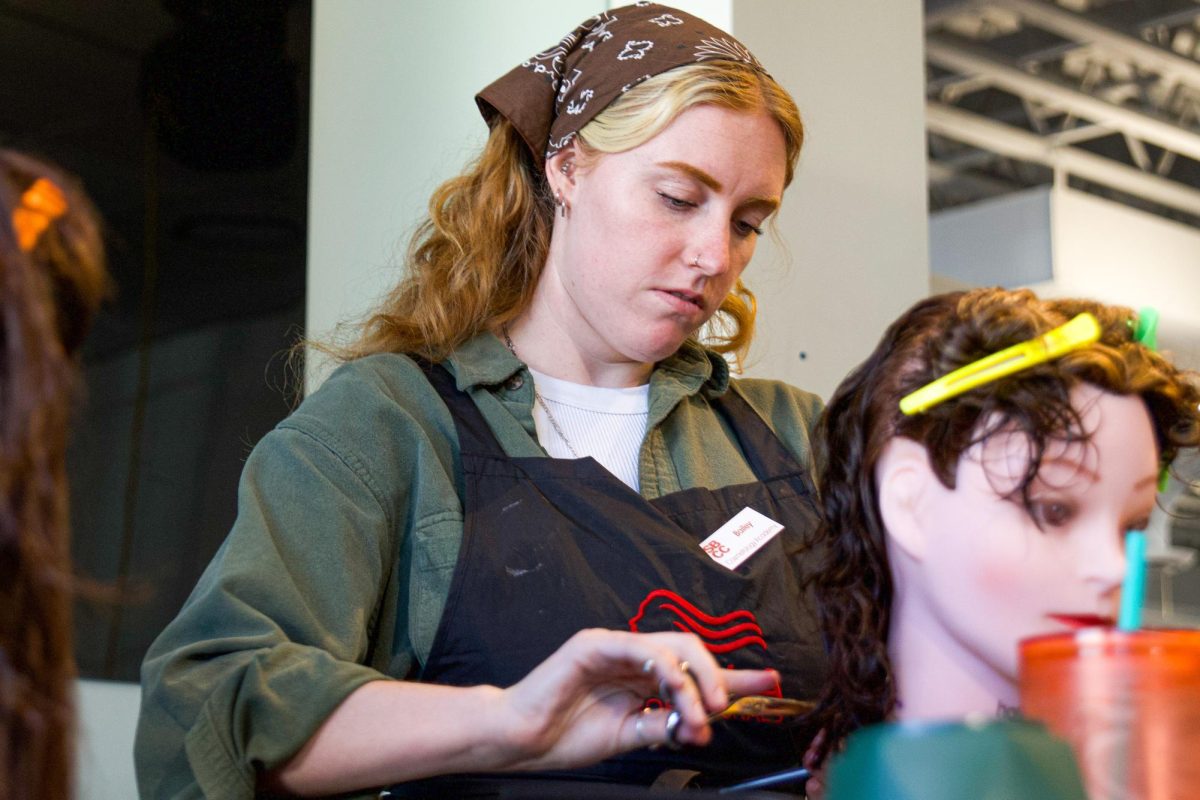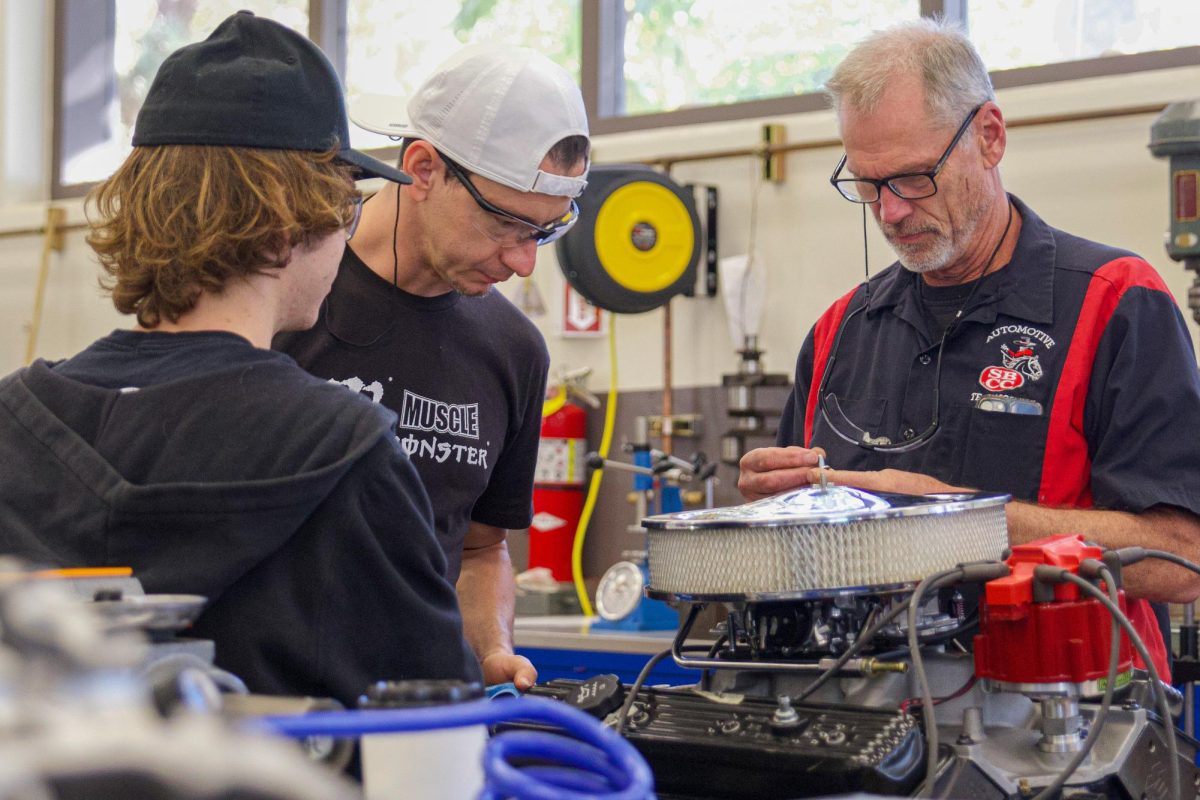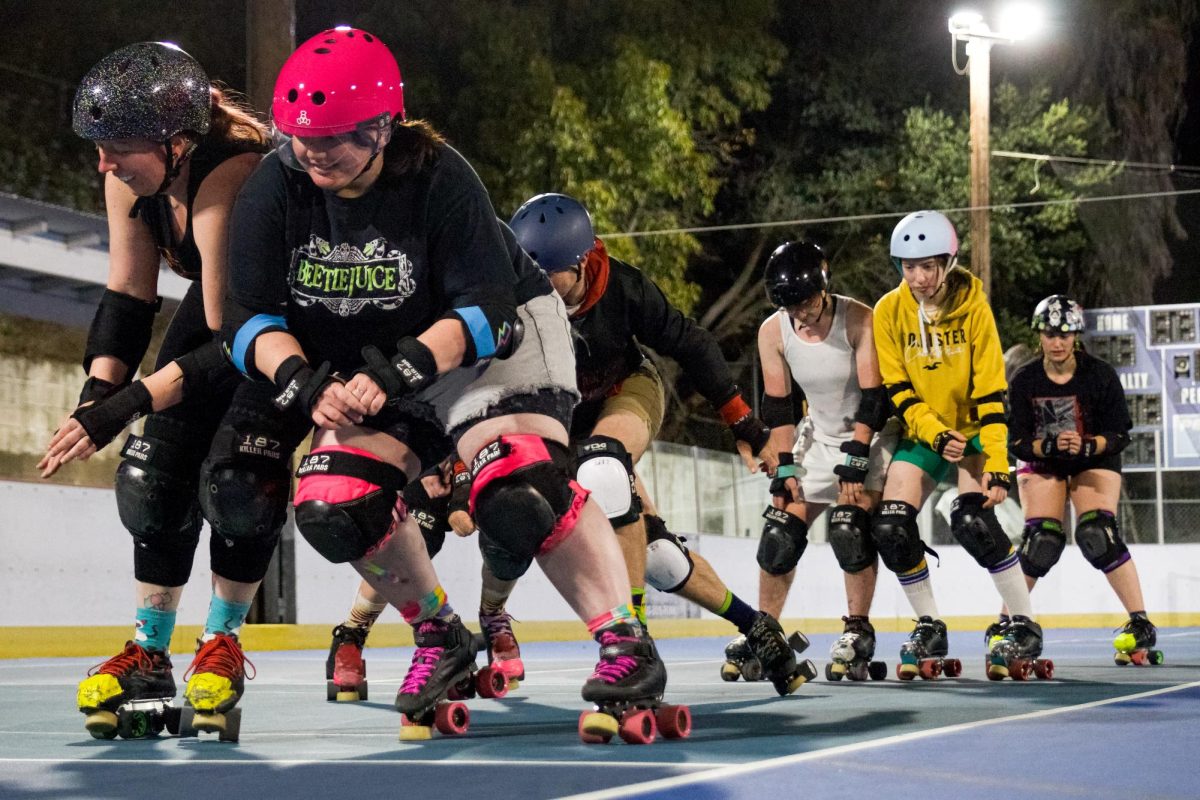According to the Associated Press, 79% of youth receive daily media–typically from social media. Despite the constant flow of information students and other young community members receive, they are far from enthusiastic. While seven years ago, polls indicated that around half of millennials enjoyed keeping up with news, less than a third of Generation-Z make that claim today.
While it is clear that the current media climate has discouraged young people, it shouldn’t repel them from being informed. Objective news is obtainable and readily available. The key to finding it is media literacy. The National Association for Media Literacy Education (NAMLE), defines the characteristics of media literacy as access, analyze, evaluate, create, and act.
Access
We live in a day and age where hundreds of digital tools are at our fingertips. NAMLE states that access to the internet’s information, without censorship, allows people to find news and information, engage in culture, and learn new skills. Understanding how to locate the right content for this is crucial.
A great example is social media, which has become a major news source for many. While social media may be a good source for sharing breaking news quickly, it’s important to look critically at the content pushed on these platforms.
Analyze
Analysis plays a significant role in media literacy. NAMLE advises to identify the authors or distributors while analyzing media. This includes their backgrounds, biases, credibility, techniques, and sources. A consumer should ask themself questions such as: “Who made this and why? Who paid for this? Where did they find this information?” These questions allow people to look critically at the media we are consuming.
Evaluate
It’s important to draw one’s own conclusions from what has been analyzed. NAMLE asks newsreaders to consider any deeper influences that could be targeting a specific audience and their emotions, beliefs, or values.
For instance, although an Instagram infographic can be a source of information, it is important to cross-reference the materials with other sources, especially ones that aren’t provided by algorithms or individuals. Consider who provided it, and what their purpose may be.
Create
Creating media has the power to share the narratives of all types of people. NAMLE believes by sharing a wide variety of experiences, creators shed light on stories beyond the scope of conventional media. In doing so, people are able to learn from each other. This allows people to empathize with different points of view, and in turn minimizes the political divisions currently seen in the news.
To create media, creators must first understand our own biases and purpose for the media they are making.
Media Literacy is a tool necessary for navigating the cultural and political world. It gives consumers a critical view of varying media, granting them the power of information and communication, which can lead to great change in the world.








